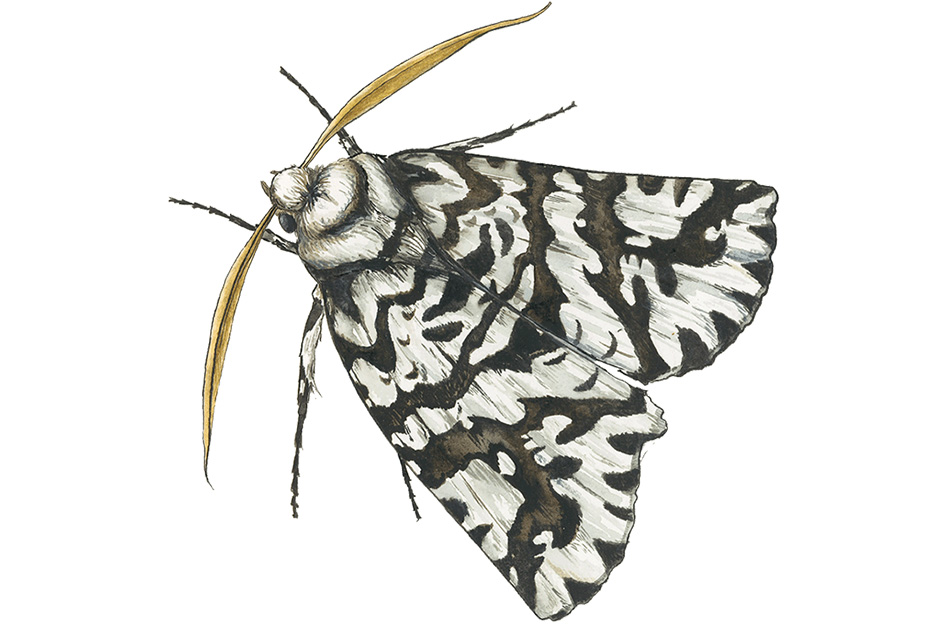
Four Corners
Our First Creepy Crawly Valentine
On 14 February, New Zealand will crown its first Bug of the Year — a new competition to rival (or complement) the beloved Bird of the Year.
Screaming, squashing, being put in a jar. These are the likely outcomes most bugs could expect from interactions with most human beings — none of them much fun.
Then there are the humans who go on tramps but get held up on the trail once they’re barely out of the car park. These humans are apt to turn over a log, or a rock, or peer behind a leaf, and immediately find so much to look at: bugs squirming, wriggling their many legs, or buzzing away on translucent wings. These humans aren’t impeded by irrational fear or disgust. Instead they’re amazed by the weird and wonderful critters that share our home on earth. Their numbers may be few, but they are passionate. We know them as entomologists — and they have a plan.
“We want a nation of bug converts,” says Morgane Merien, a stick-insect specialist and the outreach officer for the Entomological Society of New Zealand. “That’s our true aim — to convert everyone into bug-lovers.” Merien has already helped raise the public profile of bugs, appearing with some of her favourites on the television show Bug Hunter Aotearoa, available on TVNZ+ with episode titles such as “Do Bugs go on Holiday?” and “Stinky Bugs”.
The society has been casting a side-eye at the country’s massively popular Bird of the Year contest, which began in 2005. On Twitter, one entomologist cheekily likened the competition’s high profile and extensive media coverage to being “oppressed by a relentless group of bird-obsessed academics”.
He’s not wrong. In New Zealand, it’s all birds this and birds that: they’re on our currency, one’s a national emblem, and every October the frenzy around Bird of the Year is near-impossible to ignore. Meanwhile, our amazing bugs — endemic, unique and wonderful — are hardly known. “Those damn birds,” Merien says, adding that entomologists have always been a little jealous of their popularity. “Bugs are so much cooler, and so overlooked.”
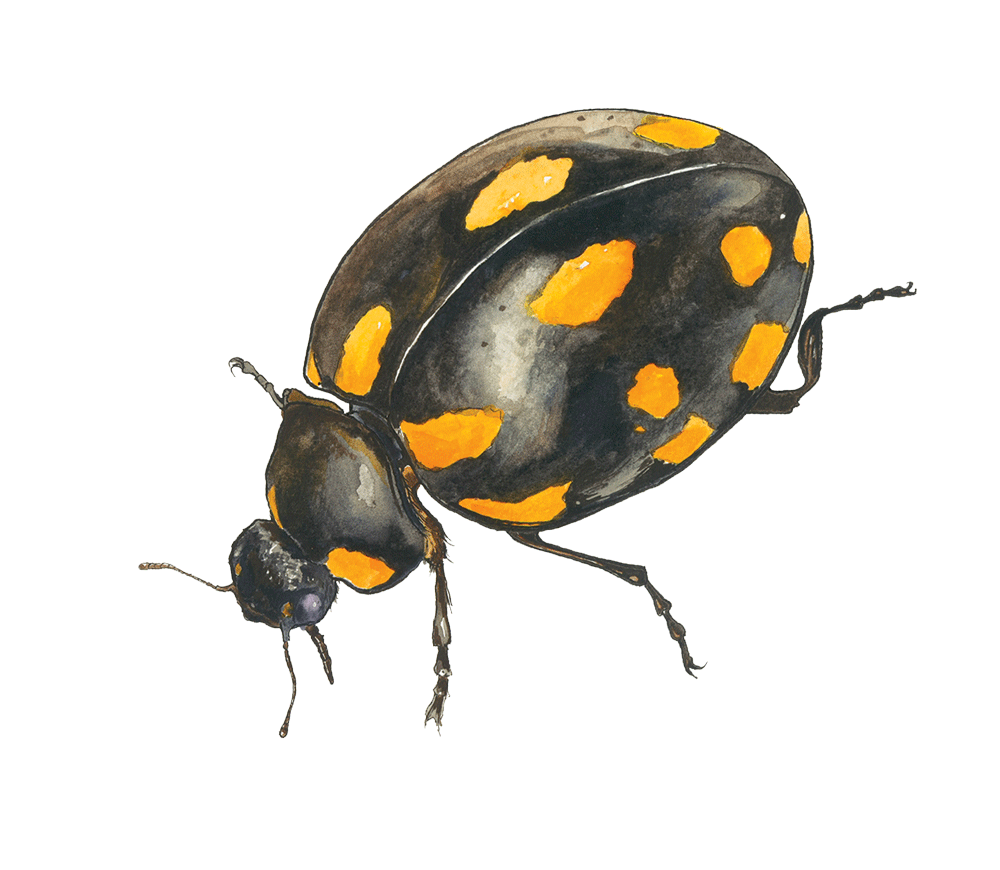
Orange-spotted ladybird beetle/pāpapa kōpure/Coccinella leonine
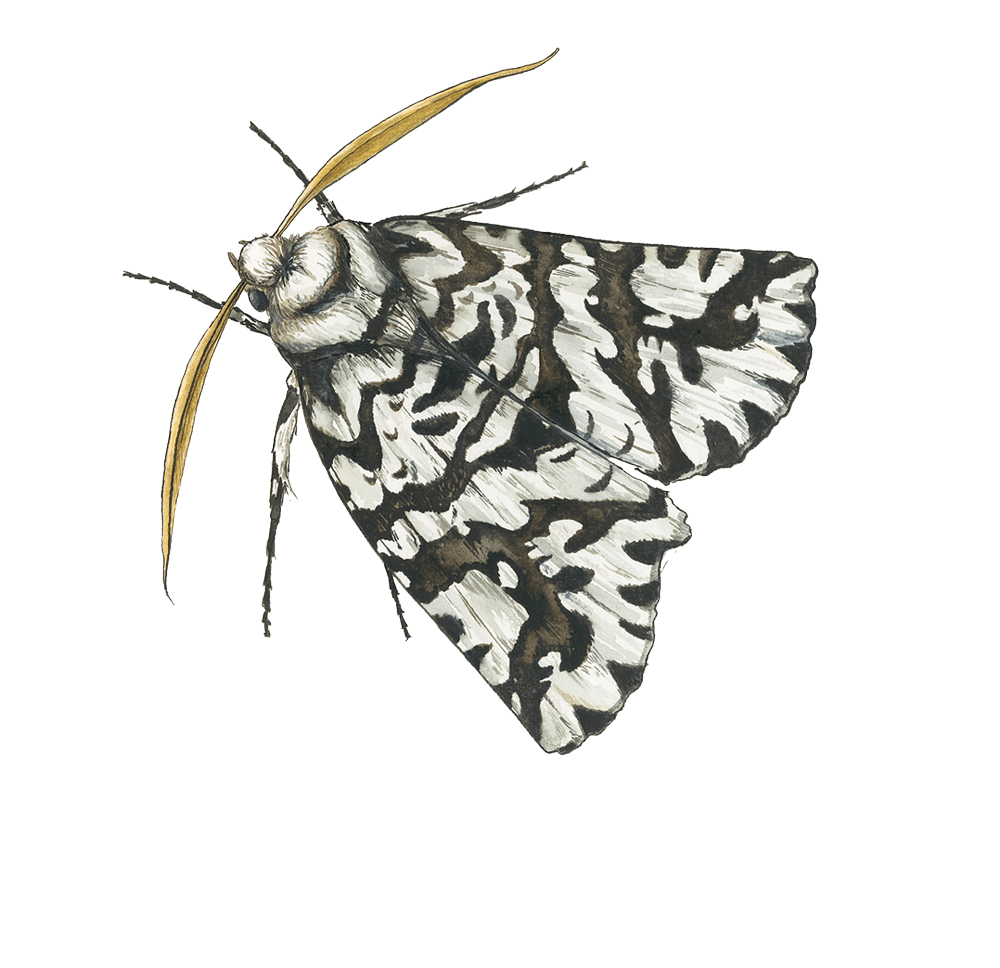
North island lichen moth/ pūrerehu/Declana atronivea

Homer grasshopper/kōhiti/ Sigaeus homerensis
It would only be fair to point out that Forest & Bird, the organisation which runs Bird of the Year, now has a bug champion at its helm. Nicola Toki was formerly DOC’s endangered-species champion and her Critter of the Week spot on Radio New Zealand National with Jesse Mulligan has been so popular it spawned a “knit a critter” competition. In this magazine’s very pages, too, Toki made a passionate case for wider appreciation of the weird-looking creatures which are vital to our ecosystem’s health, which includes many of our insects.
Nevertheless, last October the friendly rivalry between bug and bird was made official with launch of the inaugural Bug of the Year contest at the society’s annual conference in Rotorua. The energy in the darkened function room at the Novotel was high. As the nominees were listed, cheering broke out. The next day, many research presentations were concluded with propaganda to stoke favour for a particular bug nominee. Campaigning had begun. A couple of days later, supermodel Hedi Klum dressed as a giant worm for Halloween. The entomologists took it as a celebrity endorsement.
Voting, which opened in November and will close on 13 February, is through an online portal at bugoftheyear.ento.org.nz. The long voting window is so that people can really get to know each nominated bug.
Unlike many of Bird of the Year candidates, the nominees will be unfamiliar to most of us. They include the North Island lichen moth, whose intricate black and white patterning blends perfectly into, you guessed it, lichen. And that’s not their only glamorous disguise. The larvae look exactly like a bird dropping when curled on a leaf. Then there’s the Canterbury knobbed weevil, a dark-brown and grey, bumpy bug with a resurrection story much like the takahe. The weevil’s habitat, speargrass, was unpopular with European settlers due to its prickles, so cleared. The weevil disappeared with it, and was believed extinct from 1922 until 82 years later, when a Lincoln University masters student examining speargrass came across an unusually large weevil. Today a small, declining population live in one tiny patch of speargrass in Burkes Pass in South Canterbury.
The bug that will take Merien’s vote is the prickly stick insect, one of 20 stick-insect species which call Aotearoa home. Prickly stick insects have no need for sex, and in turn, no need for males. The completely female species reproduces asexually, each producing ova with two sets of genes.
The winning bug will be crowned on Valentine’s Day, a deliberate choice. “We need to announce our love for these bugs,” says Merien. “I’m gonna make some Valentine’s Day cards.”
Next year, there will be a completely different group of nominated bugs. There are certainly enough to choose from: Aotearoa has more than 20,000 insect species, the majority of them endemic. “If we can bring a handful of these little critters to the light each year, it would be wonderful,” says Merien. For too long they have waited under logs, rocks and leaves for our Valentine’s proposal.
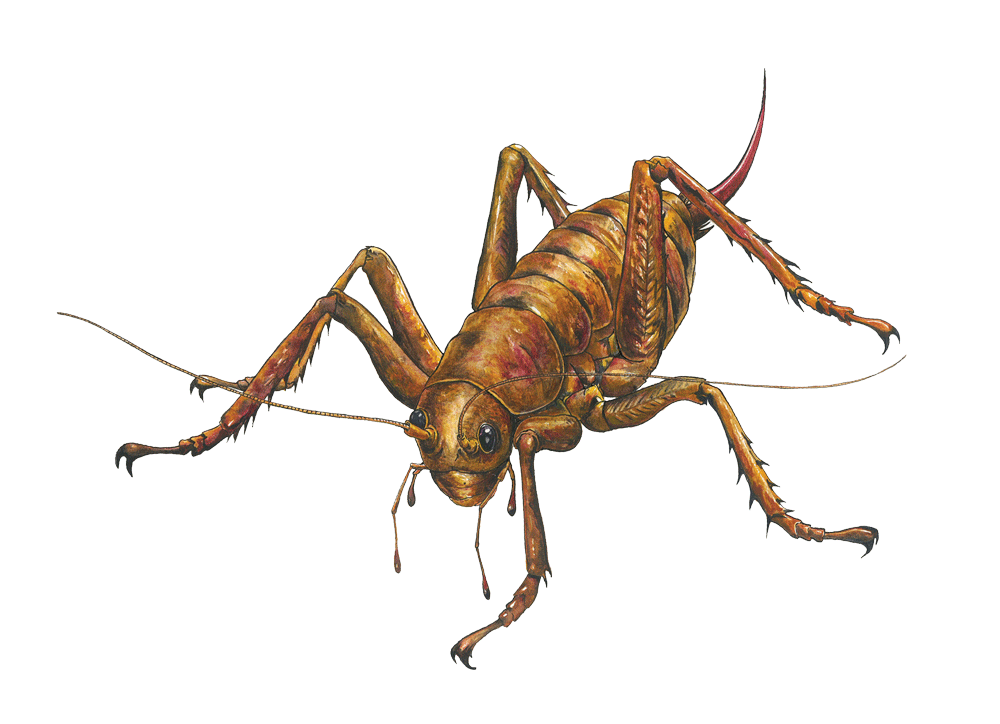
Wētāpunga/Deinacrida heteracantha
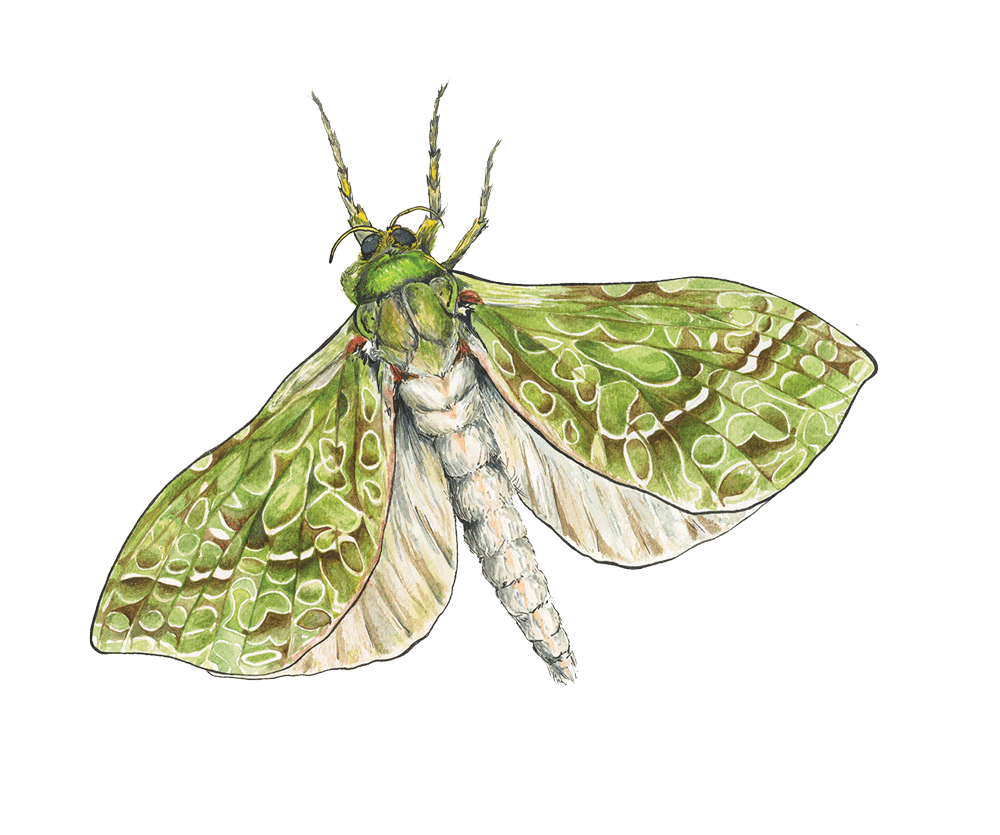
Pūriri moth/pepe tuna/Aenetus virescens

Black tunnelweb spider/kahuwai/Porrhothele antipodiana
A Bug by Any Other Name
Hours were spent arguing over the name of the competition. The word “bug” that we use willy-nilly to mean anything small and terrestrial and not furry, feathered, or reptilian, technically refers only to insects in the order Hemiptera. Think stink and shield bugs. But “Insect of the Year” just didn’t roll o! the tongue in the same way, and left out spiders and worms, critters which are considered insect-adjacent. Merien says when a bat won Bird of the Year in 2021, the entomologists were emboldened to be “a bit cheeky” and expand the boundaries of what’s technically considered a bug.
To vote, go to bugoftheyear.ento.org.nz
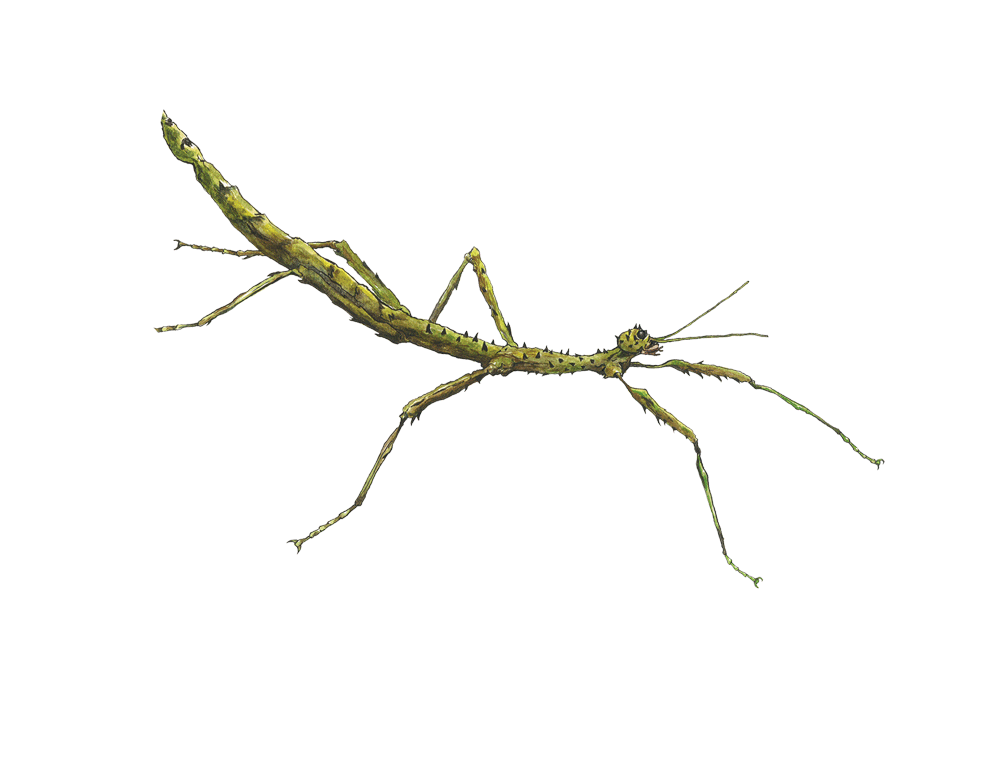
Prickly stick insect/rō/Acanthoxyla prasina
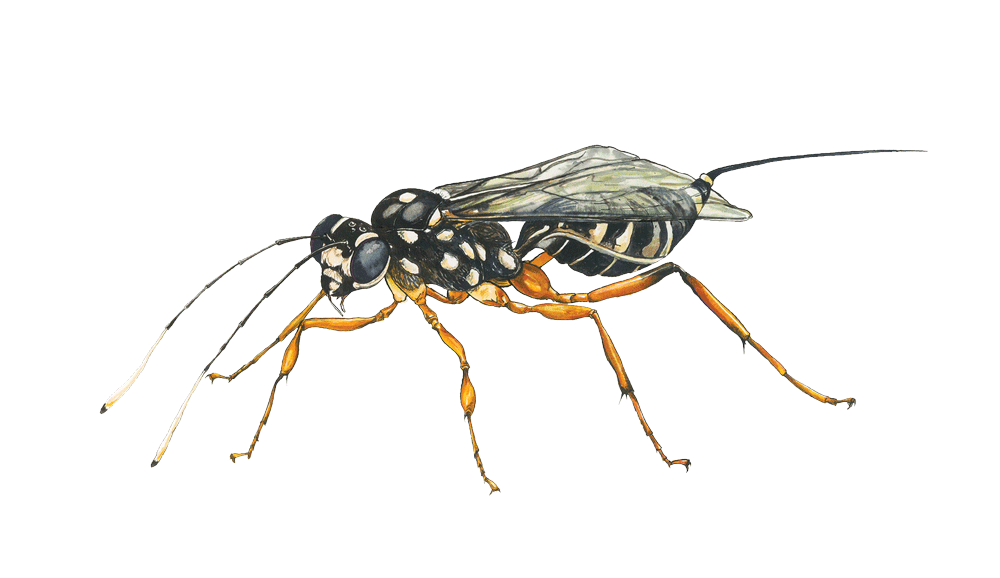
Lemon tree borer wasp/wāpi/Xanthocryptus novozealandicus
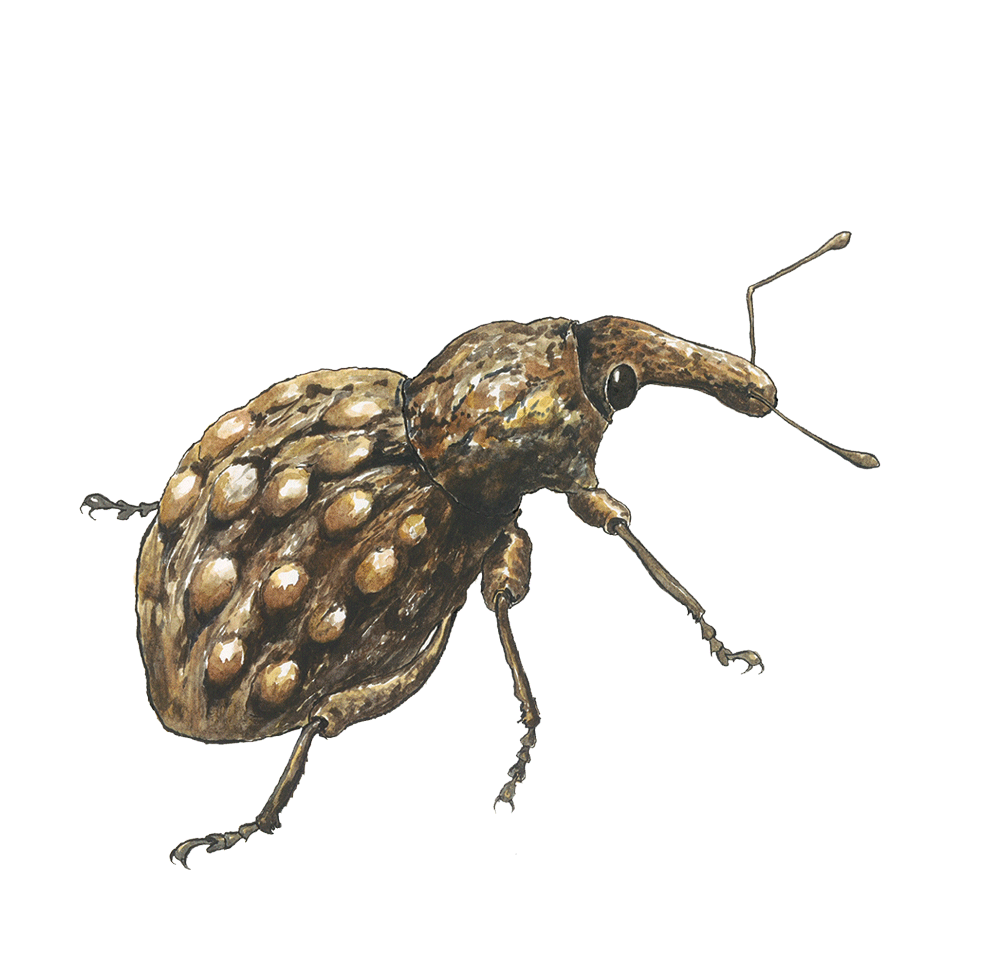
Canterbury knobbled weevil/Hadramphus tuberculatus
By Gabi Lardies
Illustrations by Lily Duval

This story appeared in the January 2023 issue of North & South.
